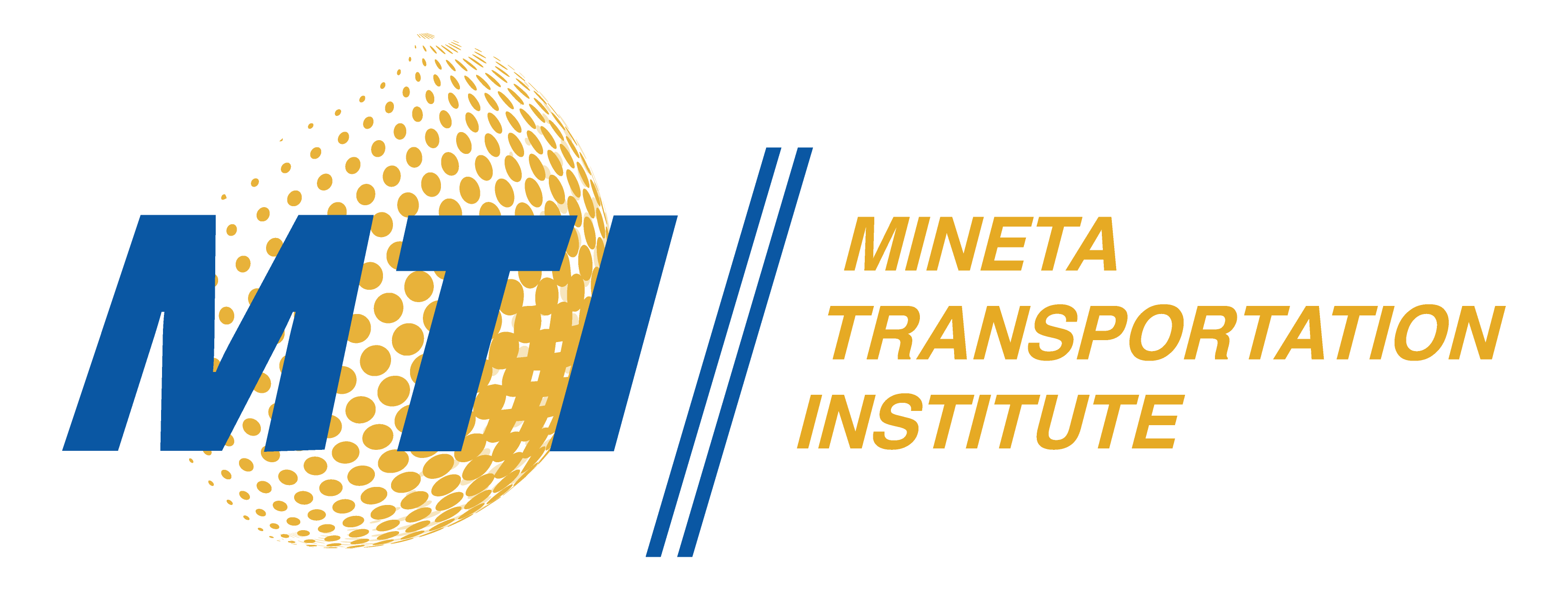Description
This study aims to leverage advances in connected automated vehicle (CAV) technology to design an eco-driving and platooning system that can improve the fuel and operational efficiency of vehicles during freeway driving. Following a two-stage control logic, the proposed algorithm optimizes CAVs’ trajectories with three objectives: travel time minimization, fuel consumption minimization, and traffic safety improvement. The first stage, designed for CAV trajectory planning, is carried out with two optimization models. The second stage, for real-time control purposes, is developed to ensure the operational safety of CAVs. Based on extensive numerical simulations, the results have confirmed the effectiveness of the proposed framework both in mitigating freeway congestion and in reducing vehicles’ fuel consumption.
Publication Date
8-2020
Publication Type
Report
Topic
Transportation Technology
Digital Object Identifier
10.31979/mti.2020.1924
MTI Project
1924
Mineta Transportation Institute URL
https://transweb.sjsu.edu/research/1924-Ecodriving-Connected-Automated-Vehicles
Keywords
Ecodriving, Connected vehicles, Fuel consumption, Optimization, Control
Disciplines
Transportation Engineering
Recommended Citation
Ke Huang and Xianfeng Yang. "Eco-Driving Systems for Connected Automated Vehicles: Multi-Objective Trajectory Optimization" Mineta Transportation Institute (2020). https://doi.org/10.31979/mti.2020.1924
Research Brief

